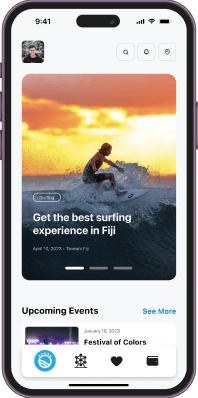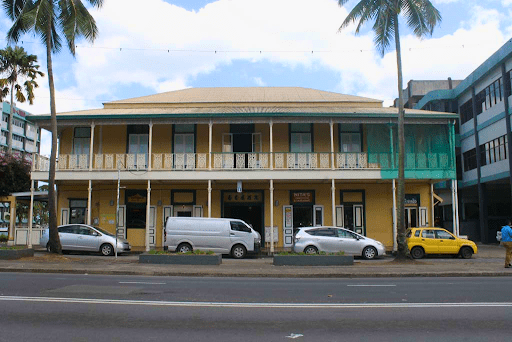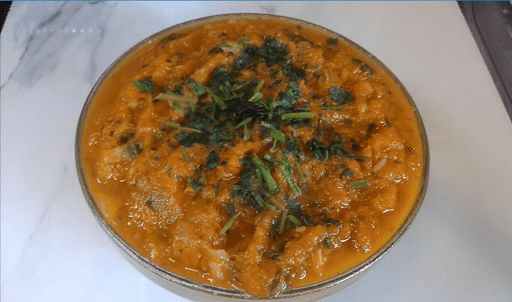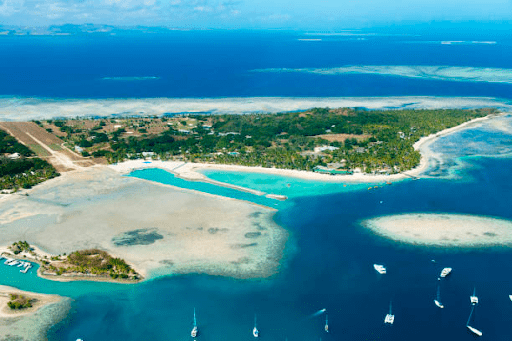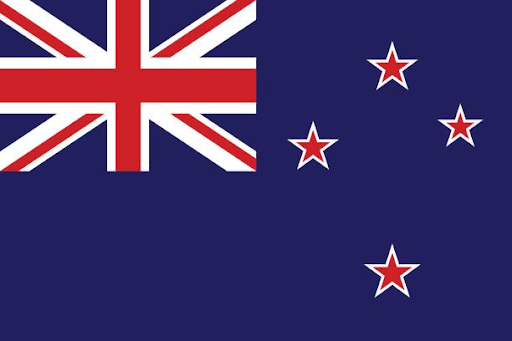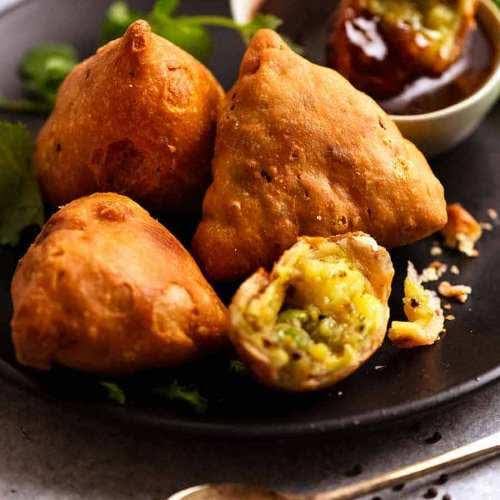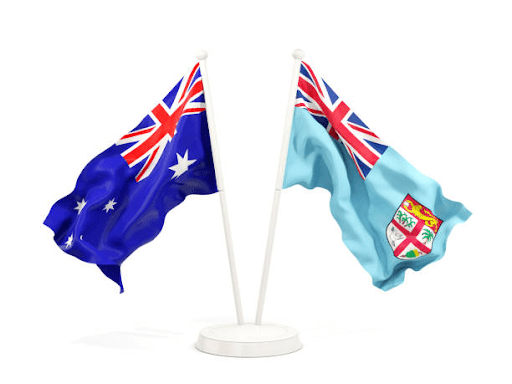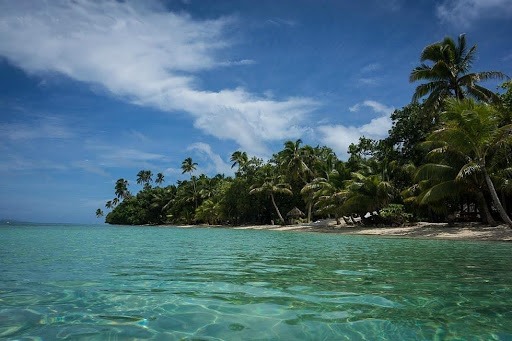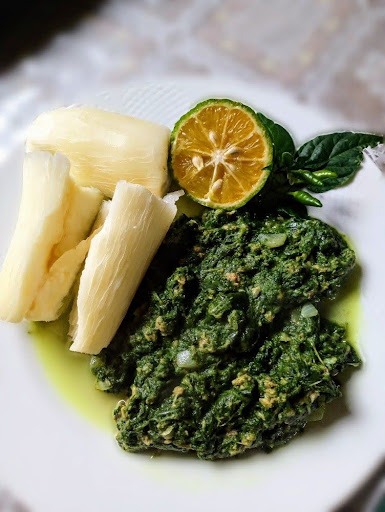Things you need to know about Suva
Suva, the Fijian capital, is situated on the island’s southeastern coast of Viti Levu, Fiji’s largest island, and has an excellent harbour. Founded in 1849, Suva became the capital in 1882 and was made a city in 1952; it is now one of the largest urban centres in the South Pacific islands.
Suva is the largest city of Fiji and home of the country’s largest metropolitan area and serves as Fiji’s political, economic, and cultural centre. It is also the economic and cultural capital of the South Pacific, hosting the majority of the regional headquarters of major international corporations, international agencies, and diplomatic missions. The city also has a thriving arts and performance scene, and a growing reputation as the region’s fashion capital. It has a mix of modern buildings and colonial-period architecture.
Brief history of Suva
In 1868, when Suva was still a small village, the Bauan chieftain, Seru Epenisa Cakobau, granted 5,000 km2 (1,900 sq mi) of land to the Australian-based Polynesia Company, in exchange for the company’s promise to pay off debts owed to the United States. More than a tenth of this land area, 575 km2 (222 sq mi), was located near Suva. The company’s original intention was to develop a cotton farming industry, but the land and climate proved unsuitable.
In 1874, control of the Fiji Islands was ceded to the United Kingdom. In 1877, the colonial authorities decided to move the capital to Suva from Levuka, Ovalau, Lomaiviti, because Levuka’s location between a steep mountain and the sea made any expansion of the town impractical. Colonel F.E. Pratt of the Royal Engineers was appointed Surveyor-General in 1875 and designed the new capital in Suva, assisted by W. Stephens and Colonel R.W. Stewart. The transfer to Suva was made official in 1882.
In 1910, Suva acquired the status of a municipality, under the Municipal Constitution Ordinance of 1909. Its area remained one square mile until 1952, when Suva annexed the Muanikau and Samabula wards, expanding its territory to 13 km2 (5.0 sq mi). In October of that year, Suva was officially designated a city – Fiji’s first. Suva later annexed Tamavua. Most recently, Suva further extended its boundaries by incorporating the Cunningham area at its northern edge. Since then, urban sprawl has led to the growth of a number of suburbs that remain outside the city limits. Together with the city, they form the metropolitan area known as the Greater Suva Area.
Population in Suva
As of the 2017 census, the city of Suva had a population of 93,970, and Suva’s metropolitan area, which includes the independent suburbs, had a population of 185,913. The combined urban population of Suva and the towns of Lami, Nasinu, and Nausori was around 330,000: over a third of the nation’s population. This urban complex, excluding Lami, is also known as the Suva-Nausori corridor.
Fun facts about Suva
Suva hosted the South Pacific Games in 2003 for the third time in the event’s 40-year history. In preparation for hosting the event, the Fijian government, with the help of a $16 million aid package from the People’s Republic of China, funded the construction of a new gymnasium, indoor sports centre, swimming pool, stadium, field hockey pitch, and grandstands in the area around Suva.
Although Suva is on a peninsula, and almost surrounded by sea, its coast is lined with mangroves, and the nearest beach is 40 kilometres (25 mi) away, at Pacific Harbour. A significant part of the city centre, including the Parliament buildings, is built on reclaimed mangrove swampland.
Suva is divided into six wards. Its central business district, which is in what is known as the Central Ward, occupies almost the whole southwestern side of the peninsula.
City wards of Suva
Below is a list of the city’s six wards, beginning with the city centre, followed by the northernmost ward, and then in clockwise order:
1. Central: city centre; central business district
2. Tamavua: urban; residential
3. Cunningham: semi-urban; residential
4. Nabua: urban; residential and industrial; has its own separate town centre; includes a military base and the Southern Division Police Headquarters
5. Samabula: urban; residential and industrial (with large industrial zones); has its own separate town centre; includes a university
6. Muanikau: urban; residential; includes large sporting venues, a university, and recreational areas
Suva–Nausori Corridor
Suva sits in the middle of a metropolitan area, sometimes known as the Suva Urban Complex, and sometimes informally known as Suva, even though it encompasses a total of four areas with their own town or city names and their own separate local governments. This metropolis stretches from Lami (immediately west of the city of Suva) along the Queens Rd, through Nasinu (immediately east of the city of Suva), to the Rewa River, along the Kings Rd, and then to Nausori across the river. To the north and northeast are the rainforest-park areas of Colo-i-Suva and Sawani, along the Princes Road, which connect at the Rewa River Bridge. This whole area (excluding Lami) is also formally referred to as the Suva–Nausori Corridor. It is the most populous area in Fiji, with over 330,000 inhabitants.
Municipal government
Suva has municipal status and, until 2009, was governed by a lord mayor and a 20-member city council. The Suva City Council was the municipal law-making body of the city of Suva, Fiji’s capital. It consisted of 20 councillors, elected for three-year terms from four multi-member constituencies, called wards. Councillors were elected by residents, landowners, and representatives of corporations owning or occupying taxable property in Suva. Councillors in turn elect, from among their own members, a lord mayor and deputy lord mayor, who served one-year terms and were eligible for re-election.
However, in 2009, the military-backed interim Fijian government dismissed all municipal government officials throughout Fiji and appointed special administrators to run the urban areas. As of 2015, the elected municipal government had not been restored.
Things to do in Suva
In the capital city you will find all the activities such as culture, art, recreation, shopping, museums, galleries, markets and nightlife. Get ready for plenty of sightseeing. Find out more about the top things to do in Fiji’s capital city, Suva.
